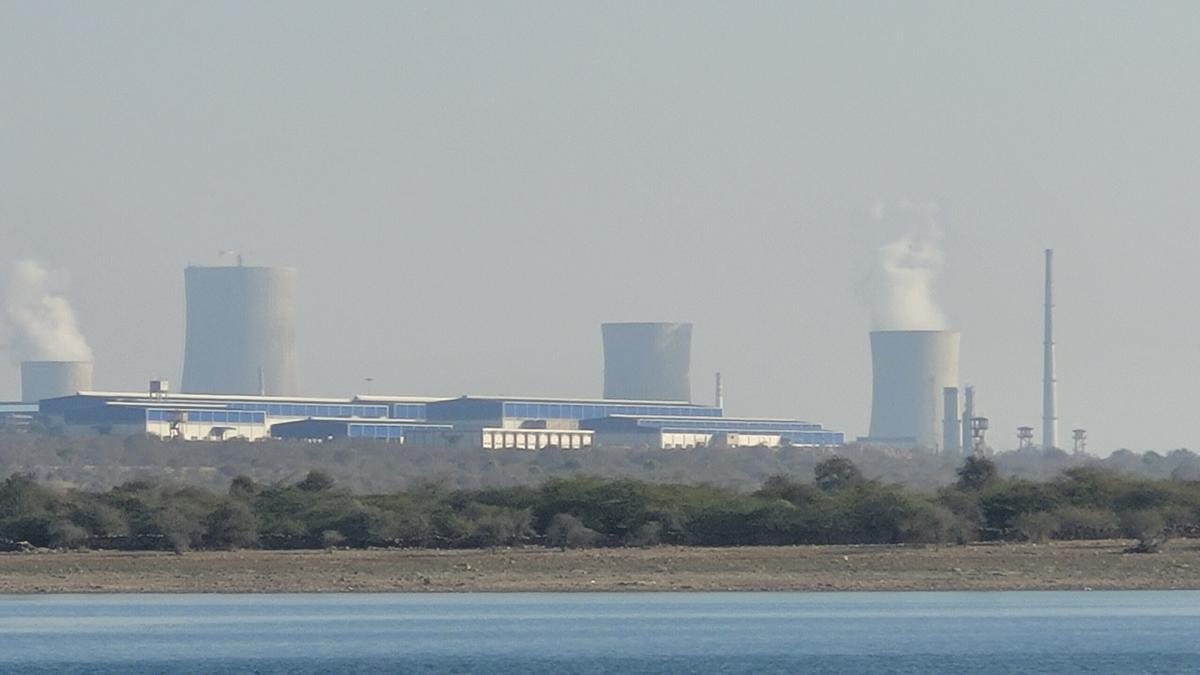A general view of the Rajasthan Atomic Power Project, Rawatbhata, January 15, 2023
| Photo Credit: Pragna Jyoti Mandal (CC BY-SA 4.0)
Unit 7 of the Rajasthan Atomic Power Project (RAPP) at Rawatbhata in Chittorgarh district achieved criticality, or the start of controlled fission chain reaction, on the night of September 19, according to the Nuclear Power Corporation of India, Ltd. (NPCIL).
The Atomic Energy Regulatory Board had earlier cleared the reactor to make the first approach to criticality. The event was recorded at 10.42 pm on Thursday.
RAPP-7 is the third reactor to go critical in a series of 16 indigenous pressurised heavy water reactors (PHWRs) of 700 MW each the national nuclear establishment is setting up. The first two PHWRs to become critical before RAPP-7 were Units 3 and 4 of the Kakrapar Atomic Power Station in Gujarat, in 2020 and 2023 respectively.
“Criticality for the first time on the project timeline marks the completion of construction phase and commencement of the operation phase,” NPCIL Executive Director (Corporate Communication & Corporate Planning) B.V.S. Sekhar said in a statement. “Various experiments/tests will now be conducted before connecting it to the grid. Thereafter the power level will be raised in steps to full power, in line with the clearances of the Atomic Energy Regulatory Board.”
“RAPP-7 is expected to start generation this year, followed by RAPP-8 in the next year,” the statement added.
The Nuclear Power Corporation currently operates 24 reactors with a total capacity of 8,180 MW while eight more units with a total capacity of 6,800 MW are under construction.
Published – September 20, 2024 03:27 pm IST
